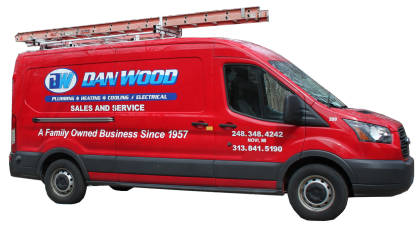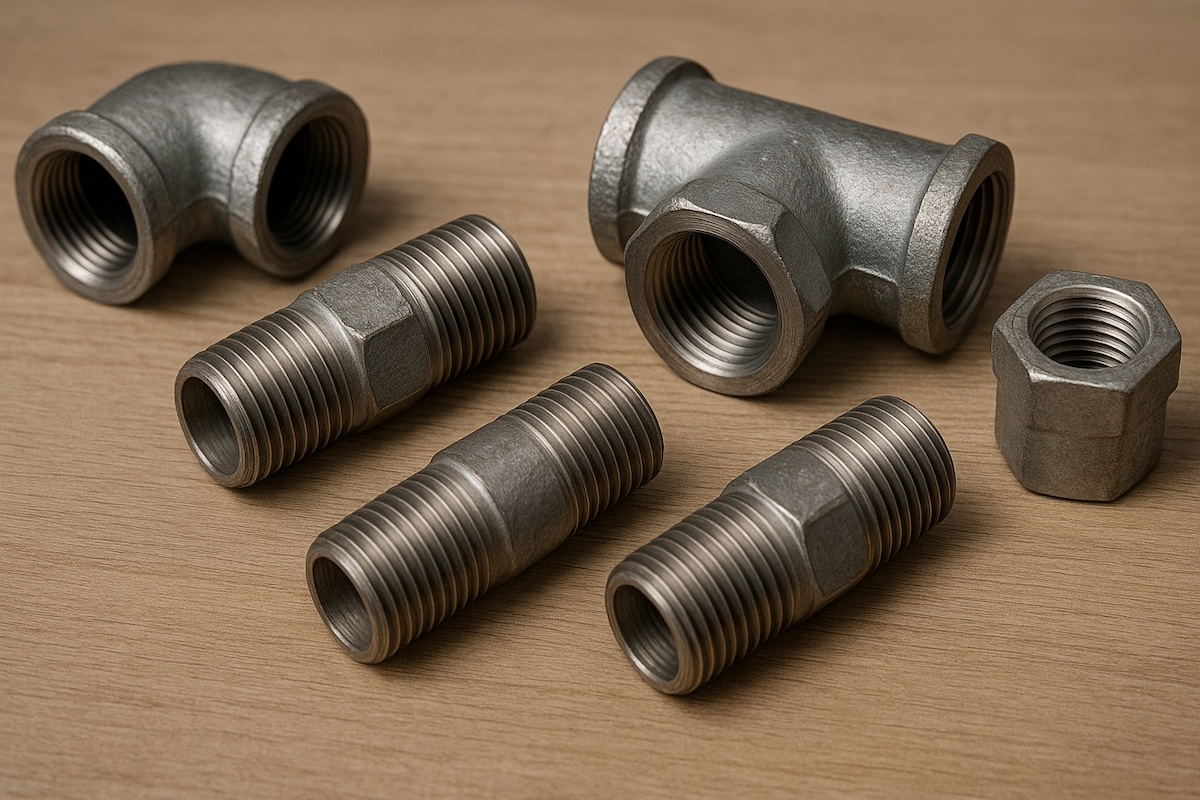When it comes to plumbing, ensuring strong and leak-free connections is crucial. One of the most widely used standards that makes this possible is NPT — National Pipe Thread. If you’ve ever installed a gas line, repaired a water pipe, or connected fittings in a plumbing system, chances are you’ve come across NPT threads.
But what exactly is NPT, why is it so commonly used, and how do you know if your fittings are NPT-compatible? This guide will break down everything you need to know about National Pipe Thread standards, their applications, and best practices for using them effectively.
What Is NPT?
NPT (National Pipe Thread) refers to a standardized system of tapered threads used to connect pipes and fittings in plumbing and industrial applications. It was developed in the United States and is governed by the American National Standards Institute (ANSI) and the American Society of Mechanical Engineers (ASME).
The main feature of NPT threads is their tapered design meaning the thread diameter gets slightly smaller towards the end. This tapering helps create a tighter seal as the male and female threads are screwed together.
Key Characteristics of NPT
To understand why NPT fittings are so reliable, let’s look at their defining features:
- Tapered Design: Unlike straight threads, NPT threads get narrower toward the end, which ensures a snug fit.
- Thread Angle: NPT threads have a 60° thread angle.
- Seal Formation: The seal is not just mechanical. It requires the use of sealants like PTFE tape (Teflon tape) or pipe dope to prevent leaks.
- Male and Female Threads: Male NPT threads (external) screw into female NPT threads (internal).
Because of these characteristics, NPT fittings can handle both high pressure and high-temperature applications, making them versatile across plumbing and industrial uses.
NPT vs Other Thread Standards
NPT vs BSP (British Standard Pipe)
- Thread Angle: NPT has a 60° angle, while BSP uses 55°.
- Seal: BSP often relies on washers or O-rings, whereas NPT depends on tapered threads plus sealant.
- Compatibility: NPT and BSP are not interchangeable because of their different angles and pitches.
NPT vs Compression Fittings
- Compression fittings use ferrules and compression nuts to form a seal, not threads.
- NPT is better for permanent, leak-proof joints, while compression fittings are easier to disassemble and reuse.
NPT vs NPS (National Pipe Straight)
- NPT threads are tapered, ensuring tightness with sealant.
- NPS threads are straight and rely on gaskets or O-rings to prevent leaks.
Common Uses of NPT in Plumbing
NPT threads are incredibly versatile and are found in multiple applications:
- Water supply lines: Household and commercial plumbing systems.
- Gas pipelines: Safely transporting natural gas and propane.
- HVAC systems: Connections for heating and cooling equipment.
- Industrial piping: Oil, chemical, and manufacturing facilities.
- Compressed air systems: Used in workshops and factories.
- Hydraulics: For high-pressure liquid systems.
This widespread use makes NPT one of the most trusted and standardized connection methods in North America.
Advantages of NPT Connections
NPT fittings remain popular because they offer several benefits:
- Widely Standardized: Recognized across industries and plumbing codes.
- Leak-Resistant: With proper sealing, NPT connections are dependable.
- Durable: Can withstand pressure and temperature fluctuations.
- Cost-Effective: Readily available and economical.
- Versatile: Suitable for water, gas, oil, and other applications.
Limitations of NPT
While reliable, NPT threads also have some drawbacks:
- Requires Sealant: PTFE tape or pipe dope is necessary for a leak-proof joint.
- Not Reusable: Overtightening can damage threads, making them unsuitable for repeated use.
- Global Limitation: Other regions, such as Europe, often use BSP or metric threads instead.
- Risk of Over-Tightening: Can lead to cracks in fittings or stripped threads.
How to Identify NPT Threads
If you’re not sure whether a fitting is NPT, here are some ways to check:
- Tapered Shape: NPT threads get narrower toward the end.
- Thread Angle: 60° angle versus 55° in BSP.
- Markings: Many fittings are stamped with “NPT.”
- Measurement: Use a thread gauge or reference chart.
- Size Conventions: NPT sizes don’t match the pipe’s actual outer diameter. For example, a ½” NPT fitting doesn’t measure exactly ½ inch.
Best Practices for Using NPT in Plumbing
To ensure safe and reliable installations, follow these tips:
Choose the Right Sealant
- Use PTFE (Teflon) tape or pipe dope to fill thread gaps.
- Wrap tape clockwise to avoid unraveling when tightening.
Avoid Overtightening
- Tighten firmly, but don’t force it. Too much torque can crack fittings.
Verify Compatibility
- Ensure both male and female fittings are NPT. Mixing standards can cause leaks.
Perform Pressure Testing
- After installation, always test the system under pressure to confirm a proper seal.
FAQs
What does NPT stand for in plumbing?
NPT stands for National Pipe Thread, a U.S. standard for tapered threads used to connect pipes and fittings.
Is NPT the same as BSP?
No. NPT and BSP are different standards and not interchangeable. NPT uses a 60° angle, while BSP uses 55°.
Do I need Teflon tape for NPT threads?
Yes. NPT threads require sealant (Teflon tape or pipe dope) to create a leak-free connection.
Can NPT fittings be used for gas lines?
Yes. NPT threads are commonly used for natural gas and propane piping, provided the correct sealant is applied.
How do I measure NPT size correctly?
NPT sizes don’t equal the pipe’s outer diameter. Use a thread gauge or consult a size chart for accuracy.
Conclusion
Understanding NPT in plumbing is essential for anyone working with pipe fittings, whether in residential plumbing, gas systems, or industrial pipelines. Its tapered design, reliability, and versatility make it a cornerstone of plumbing standards in North America. However, success depends on proper installation techniques, including the use of sealants and avoiding overtightening.
At Dan Wood Services, we work with NPT and other industry-standard fittings every day. Our experienced team has been helping Michigan homeowners and businesses with plumbing, heating, cooling, and electrical needs for decades. If you’re ever unsure about which fittings to use, need a repair, or want a professional installation done right the first time, our experts are here to help.
When you choose Dan Wood Services, you’re not just getting plumbing solutions — you’re getting peace of mind. Contact us today and let our family-owned team take care of your home or business with the same dedication and precision we’ve provided for years.




